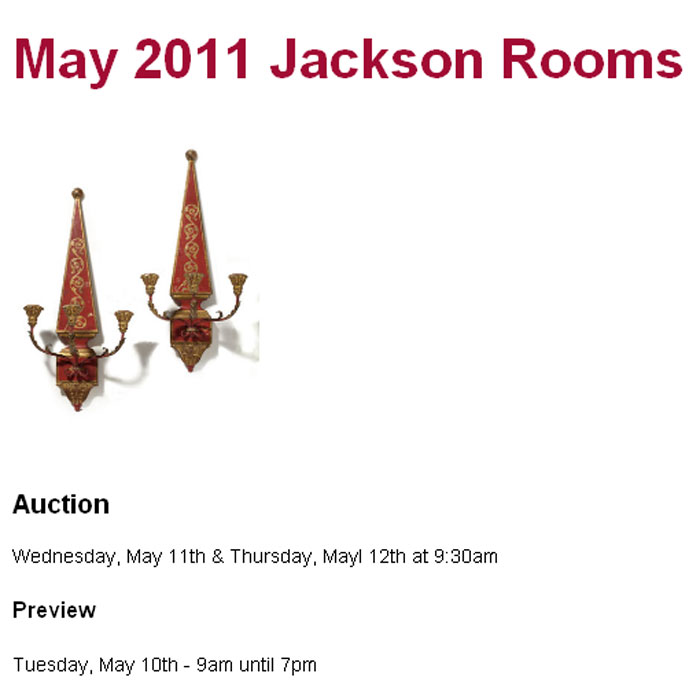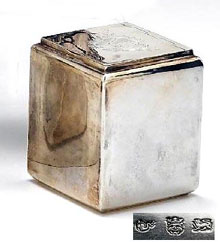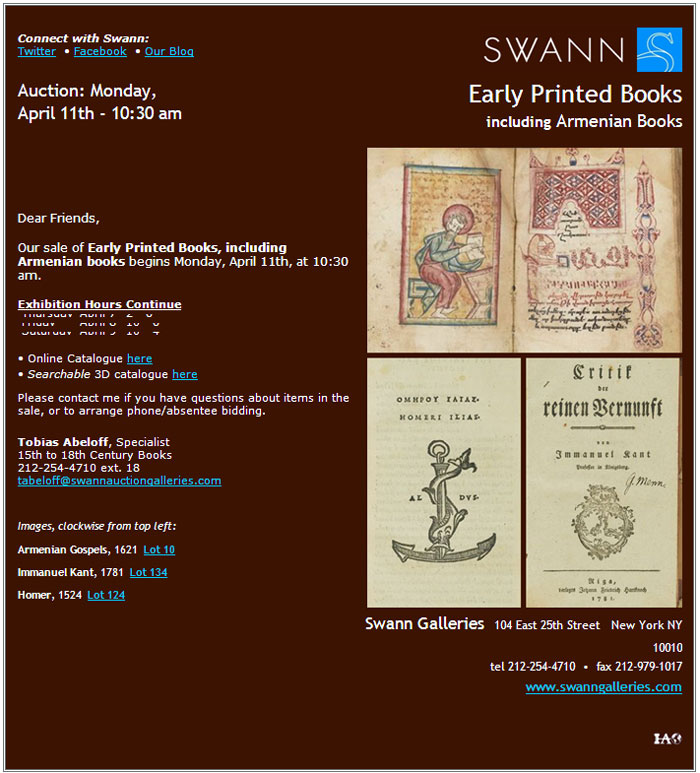Contributed by www.Marks4Antiques.com – a membership-based service specializing in providing identification & appraisal advice on antiques & collectibles.
There is a long-standing interest that seems to be growing of collecting Antique Toy Soldiers or troops and battalions of these metallic Lilliputians. The most widely known organization for Antique Soldier collectors is the Miniature Figure Collectors of America that regularly convenes at various locations where avid collectors and dealers meet in admiration of the miniature martial arts. In these collectors meetings, many awards are usually handed out with a categorical diversification rivaling the Oscars.
To the regular person, this may seem a passion appropriate only to little boys, but amassing toy soldiers is becoming ever more recognized as a serious collecting concern. It is certainly becoming a great deal more expensive, a fact that may contribute to its apparent new image. Commerce is definitely taking accelerated note of the hobby. Toy soldier shops have sprouted up in such cities as San Francisco, New Orleans, Boston, Pittsburgh and Denver. On upper Madison Avenue in New York stands the oldest of such stores, the Soldier Shop. Nearby, the Burlington Bookshop has been converted a balcony into a glassed-in barracks for small troops; and a midtown Manhattan store, The Complete Strategist, not only sells the toys but also entertains aficionados at Saturday afternoon “war games.”
Not coincidentally, the fine art auction house, Phillips, has frequently held many auctions in the United States devoted entirely to toy soldiers, sales that often include more than 5,000 pieces from various private Toy Soldier collections. The sums fetched are always noteworthy, rivaling amounts produced at London Auction houses.
These auctions provide good examples of what models sell for – and how, in general, prices are exceeding expectations. The appreciation in value of miniatures is dramatic. Models now sought-after used to be purchased by children in Woolworth’s – when five-and-dime meant five-and-dime. Orson Munn, who should know on two counts, since he is both an avid collector and a money manager, recalls: “Toys that cost ten cents not too long ago are today worth six dollars. I remember walking home from school to save subway money so I could buy a box of soldiers for sixty-nine cents. Those soldiers are now bringing up to eighty dollars a box.” Mainly mass-produced and inexpensive, many of these early toys are indeed treasures today. An increase in value of 50,000 percent is not uncommon. It must be acknowledged that individual soldiers once cost as little as a penny and also that fifty years of rising prices cloud the true value.
Most of the models are identified by the brand names of their manufacturers: Britains, Mignot, Heyde, Courtenay, Stadden, Warren, Johilico, Timpo, Metayer, Authenticast.
Nobody really knows how many collectors there are in the United States. We don’t even know how many important collectors there are, because, for so many years, there was closet collecting. You were considered a bit odd if you were still ‘playing with kids’ toys’ when you were in your twenties.” However, Peter J. Blum has apparently opened some closet doors. He owns The Soldier Shop, the flourishing New York City enterprise that has a mailing list of some 25,000 in the East, between Boston and Washington. He estimated that there are between 80,000 and 130,000 collectors in the nation.
The ultimate proof of the growth of this hobby has been the steady development of specialists within the field. Some collect certain brands, such as Britains, Heyde, Mignot. Others concentrate on specific units, such as colonial troops of the British Army. Still others are involved as converters, who artfully change – by welding, painting, substituting weapons – the era of a model. For instance, one patient and finicky hobbyist turned a World War II German storm trooper into a Napoleonic grenadier. Other specialists include the aesthetes, who narrow their choice to figures they consider particularly beautiful: without being pressed they will suggest that someday these may be regarded as works of art, albeit tiny ones.
Among the ranks of collectors are such aficionados as Malcolm Forbes, the publisher; Andrew Wyeth, the artist and others. Winston Churchill also collected toy soldiers; so did Charlotte and Emily Bronte. One factor common to them seems to be a basic pride combined with a wry admission of addiction. Many collectors of toy soldiers confess that they have trouble stopping once started. One is quoted as saying “I am the nuttiest of the toy soldier nuts. I started collecting troops at platoon level, and now I’m up to battalions and regiments.”
There are a huge number of different types of Toy Soldiers and many collectors seem to prefer one type over another. For example, in our research, we have encountered mounted Algerians with flying capes, Mexicans with sombreros, kilted Greek evzones, Prussians with backpacks, Chinese of the Boxer Rebellion.
The surest way to tell the collector from the dabbler is that the collector differentiates between true “toy soldiers” and miniatures. The vast majority of collectors have concentrated on the toys, which were mass-produced and originally intended as playthings. They were usually about two and a quarter inches high. The so-called “Big Three” of this field are Britains, Heyde and Mignot. Heyde, which was located in Dresden, Germany, was wiped out during the bombings of World War II, a fact that gives its products extra collecting value. Mignot is a French firm that goes back to 1825; it was from Mignot that Napoleon III ordered a small lead army for his son. Britains, which made mechanical toys in the mid-nineteenth century, decided to take a fling at toy soldiers to help celebrate Queen Victoria’s Diamond Jubilee in 1897. It introduced hollowed soldiers, rather than the traditional solid type, a technique which led the manufacturer to a preeminent position in this small world. In contrast, Germany has long been the source of a special flat metallic soldier about half the size of the standard toy and, as the name suggests, two-dimensional.
Miniatures, as distinct from toys, are made as individuals. They tend to be larger, up to ten inches tall, and they are extremely exact in terms of military detail. Miniatures are intended for adult collectors; not unexpectedly, they tend to cost more than toy soldiers. Addicts of miniatures, though they may have grown up on the garden-variety soldier, search most avidly for the more exact and historically accurate “non-toys.” These are sometimes called Collector Figures, with such brand names as Stadden, Metayer, Desfon- taines, Berdou, Courtenay and, more recently, Imrie/Risley or Historex.
The collecting dichotomy is not rigid; some collectors have both toys and miniatures, and even the price differential can be uncertain. Toy soldiers were often destroyed, mangled and abandoned by their young owners. Given this fearful casualty toll, toys from as recently as the early twentieth century have gained “antique” status simply by having survived the child wars. Reflecting this situation, for example, pre-1914 soldiers by Britains are called “Ancient Britains.” Also, rarity increased the price of many toys to above the level of the miniatures. These overlaps have led to the use of the term “model soldiers,” encompassing both types.
As with any aging objects, there is the problem of maintaining models in good condition. Lead is a soft metal; the little figures can lose arms, legs, banners, guns and spears. Their paint can be chipped. Any repairs or repainting lowers the value, but honest dealers and collectors make no effort to palm off repaired merchandise under false pretenses; on any piece that has been fixed or repainted, they paste a bit of paper with the letter R.
An overall change in the entire manufacturing field occurred in 1962 when England ruled that toy soldiers made of lead were dangerous to children and should not be produced. This spurred the already growing production of plastic soldiers, and, naturally, increased the value of pre-1962 English models. Coincidentally, the ruling gave birth to a number of companies that sidestepped the legislation by specifying that their product was not intended for children.
There have been little soldiers, plastic or pewter, as long as there have been their life-size counterparts. In a book-lined office at the Metropolitan Museum of Art, Dr. Helmut Nickel, curator of arms and armor, has evidence that the history of the breed goes back to antiquity. He has a photograph of a clay Greek Hoplites, the original of which was found in an ancient Greek tomb of a child dating ca 800 BC, around Homer’s time. “Much later, we can see knight-like toys from between 1360 and 1370, now in the Cluny Museum in Paris. They are about two-and-three-eighths inches high and is made of pewter.” Around 1500, there were small brass jousting figures, about five inches high.
In the eighteenth century, little armies of figurines were turned out, generally in larger quantities and all in the same mold, like tiny robots. Though mainly for museums, some were made for rather special little boys: a toy army is said to have been made for young Louis XIV.
In the nineteenth century, the largest producer of metal soldiers was Heinrichsen, in Nuremberg, Germany. These were of pewter and, as was typical of Germany, flat. In a museum in Kulmbach, Germany, specializing in metal figurines, there are 350 dioramas of such little soldiers; one battle scene uses nearly 10,000 figurines. Similar representations of battles – the American Revolution’s Battle of Harlem Heights and the 1476 Battle of Grandson in Switzerland – are in the Metropolitan’s Hall of Arms and Armor.
In fact, it is this kind of “view down the corridors of the past” that motivates many present-day collectors. Most Toy Soldier collectors are inquirers; they usually are interested in history. Although, amassing a collection is fun and exciting, especially if one can find pieces before others do. Everyone is always looking for the great treasure. Even collectors with less zeal have their moments. This is evident at gatherings of collectors, say at flea markets; it is easy to spot excited bargain hunters haggle away towards their next addition to their collection of toy soldiers.
Interestingly, many collectible toy soldiers tend to be on parade. For example, most are in the formation best calculated to show off their dress uniforms. Because of this, some of the most coveted items are noncombatants, such as military bands. Moreover, many models are only peripherally warlike, for example Hannibal’s elephant or Lord Nelson with Lady Hamilton. Others are frankly pacifistic: a brewer’s wagon with shire horses and barrels; a deep-sea diver, an archbishop.
In fact, many collectors believe that Toy Soldier design and manufacturing is an Art form. Although “Aesthetics” may be a heavy word, these figures were not made as altar pieces for a cathedral. Personally, I think the correct word is charm. They have charm, and they isolate little pieces of the past.








